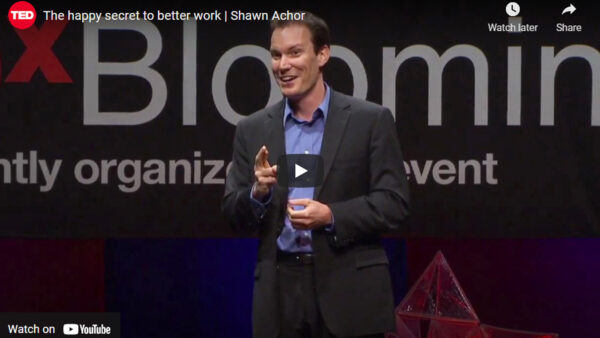All theories of organisational development and management are based on metaphors and implicit images that shape how we see, understand and imagine organisational life. Metaphors actually have a crucial role not only in the way we define our reality but also in how we act on it. Linguist George Lakoff and philosopher Mark Johnson(1) say that we draw inferences, set goals, make commitments and execute plans, all on the basis oh how we structure our experience. However, metaphors also limit our understanding by creating ways of not seeing organisations(2).
>> Build strong and sustainable team cultures with StrengthscopeTeam™
What metaphor best defines your talent management and development principles?
Since Frederick Winslow Taylor established the Principles of Scientific Management (1911), the functioning of organisations has been explained using the paradigm that an organisation works as a machine (Morgan, 2006).
If you disagree, please read on and you might be surprised to find out that you’ve actually used some of this terminology to describe the place where you work!
According to this metaphor, when things are going well, the ‘machine’ is ‘well-oiled’, ‘running like clockwork’; but when the going gets tough, we say that things ‘need fixing’ because ‘there’s a spanner in the works’ and we need to get to ‘the nuts and bolts’ of the issue. We conduct ‘time and motion’ studies, and we want data – in fact, we’re obsessed with data! We must quantify and measure everything…
How does this metaphor influence HR and people development strategies?
Machines work in terms of ‘inputs’ and ‘outputs’ and people are ‘cogs in a wheel’. In this metaphor, organisational development is about ‘maximising production’ and ‘efficiency is the driving force’. Taylor argued that the focus was no longer on finding the ‘right man’ for the job, but on training every man for any job. He said: “in the past the man has been first; in the future the system must be first” (Taylor, 1911).
The truth is this mechanical way of thinking is so deeply ingrained in how we conceptualise organisations that it’s difficult to organise things differently; however, these conventional ideas about organisations and management are actually based on a small number of dated metaphors and images from the beginning of last century!
This approach may work in certain situations however it has proven to be less effective when there is complex organisational transformation or renewal. There are various complexities and difficult-to-chart processes of organisational learning and adaptation that are not considered in the ‘machine’ metaphor.
What if organisations are more like systems or living organisms, dynamic in nature, with environmental conditions that impact on their functioning, adaptation, life cycles, needs, homeostasis, evolution, health and illness all coming into play together?
Systems evolve organically in unpredictable ways in response to a wide range of stimuli and through multiple interactions. From this perspective, organisational development and building capacity is less analogous to machine building and more akin to shaping and influencing processes that are driven by contextual factors including politics, cultural norms, values and practices. The organisational context in which people work is characterised by numerous features such as the leadership style, the structure, the rewards, communication subsumed under the general concepts of organisational climate and culture.
I think it’s time to explore new metaphors; alternative images that will help create new ways of thinking about organisations.
A strengths-based approach to organisational development is proven to deliver more positive and productive workplaces. When we shift the focus from what’s wrong to what strengthens and energises people and organisations, we generate an environment where there is greater scope for innovation, engagement and sustained high performance. This approach helps to shape a more positive view of organisations.
How do you see your organisation? How will your metaphor impact how you shape your people strategy? What metaphors would you use to represent the strengths approach to HR and people development?
Ana Loback
References
(1) Lakoff, George & Johnson, Mark, Metaphors we Live By, 1980
(2) Morgan, Garreth, Images of Organisation, 1998
Find out more about our hr training services.












